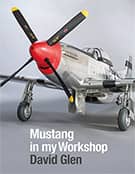Some external stencils
Tuesday, 6th September, 2011
With most of the painting complete, I have recently added some, although not all of the external stencilling detail, using the Hendon P51-D as my reference. While the stencilling matches the NAA spec very closely, I suspect the typeface used on this restoration may not be accurate, but I copied it anyway, on the grounds that my model is of the Hendon machine as currently exhibited.
As previously, I created Quark files on my AppleMac and converted them to pdfs, which I emailed to my dry transfer supplier, taking care to create sufficient duplicates to allow for mistakes. My photos show some examples of the finished stencils.
This was a relatively straightforward and pleasurable job that occupied a couple of mornings, but it raises an issue that I have not yet resolved. The dry transfers adhere very well to a degreased bare metal surface, but clearly some form of sealant coat is needed to protect them over the long term. In those cases where the stencil is applied to a discrete element of the airframe, such as a small inspection cover, I masked around it and applied the lacquer to the entire cover. With the masking removed the lacquered area is indistinguishable from the rest. But since I do not want to lacquer the entire airframe, I’m left with the dilemma of how to protect the remaining stencils. Without a natural break in the polished skin, even the thinnest sealant coat shows up at certain angles of the light as a distinct patch. If anyone has found a way around this, I would be very pleased to hear about it.
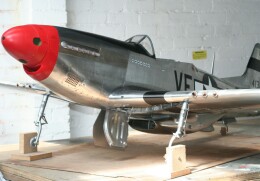
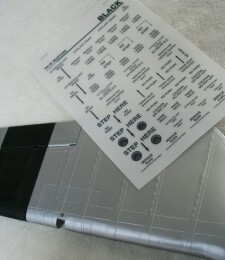
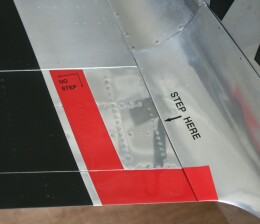
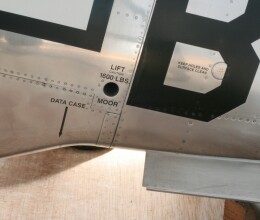

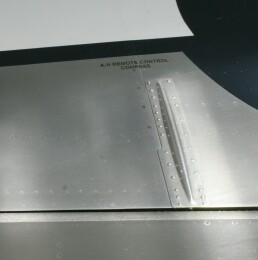
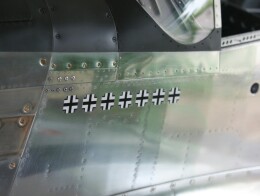
Previous post

Stars and bars
Next post

Machining the wheels

